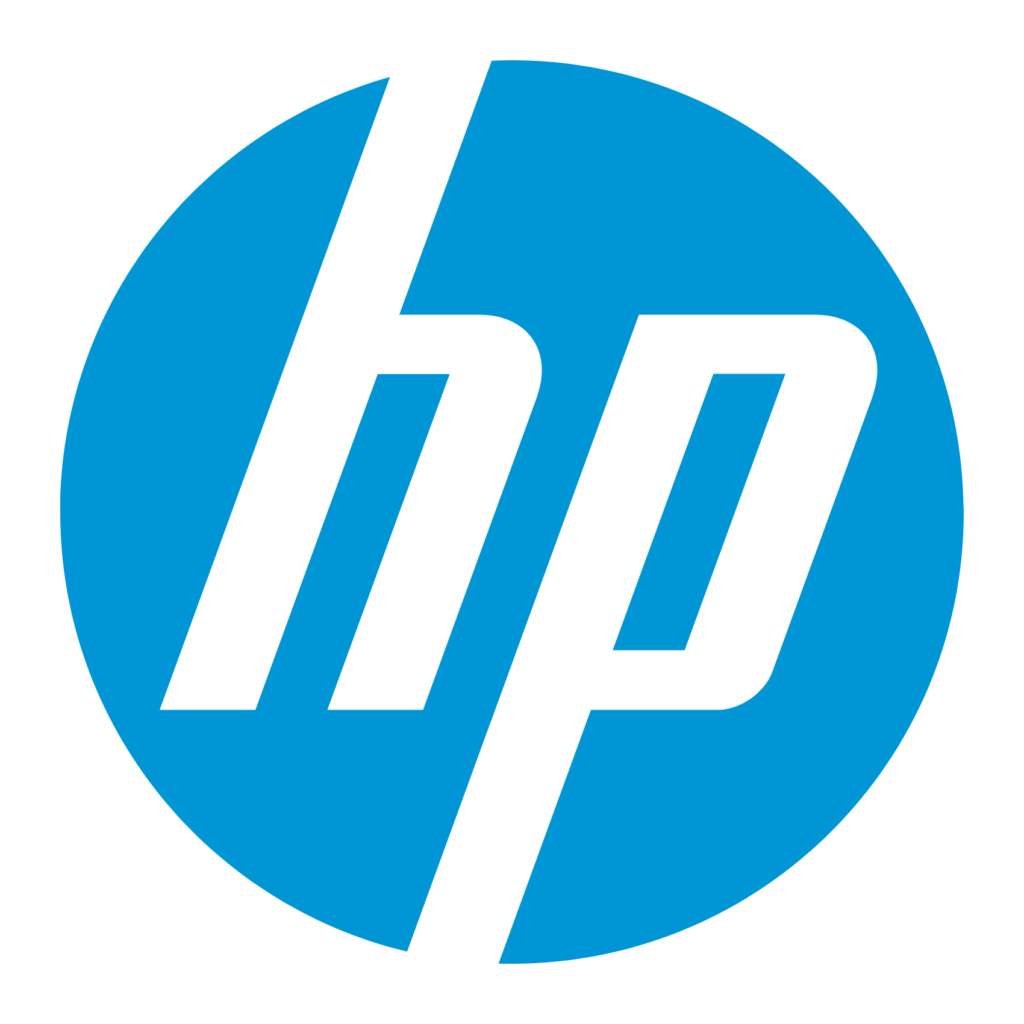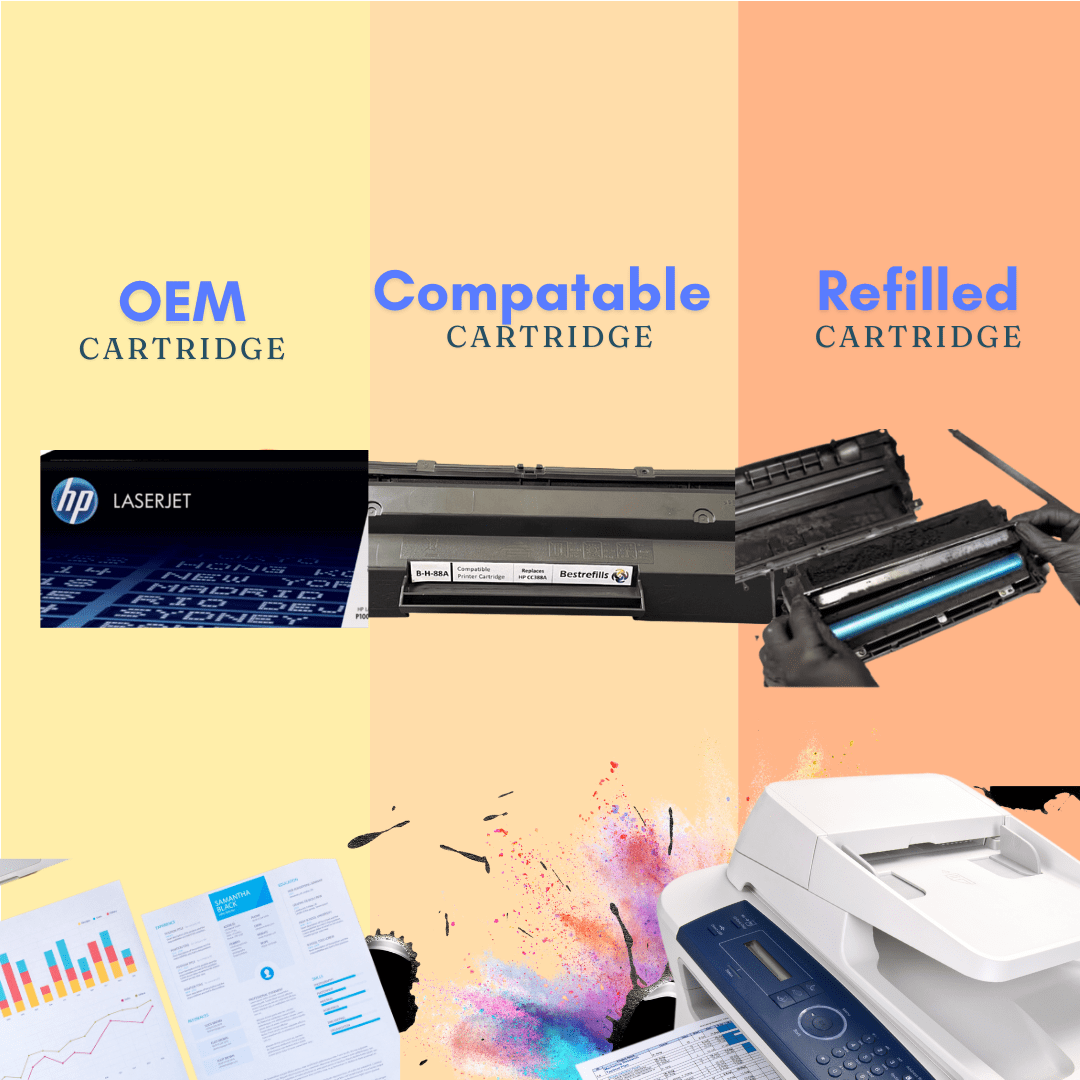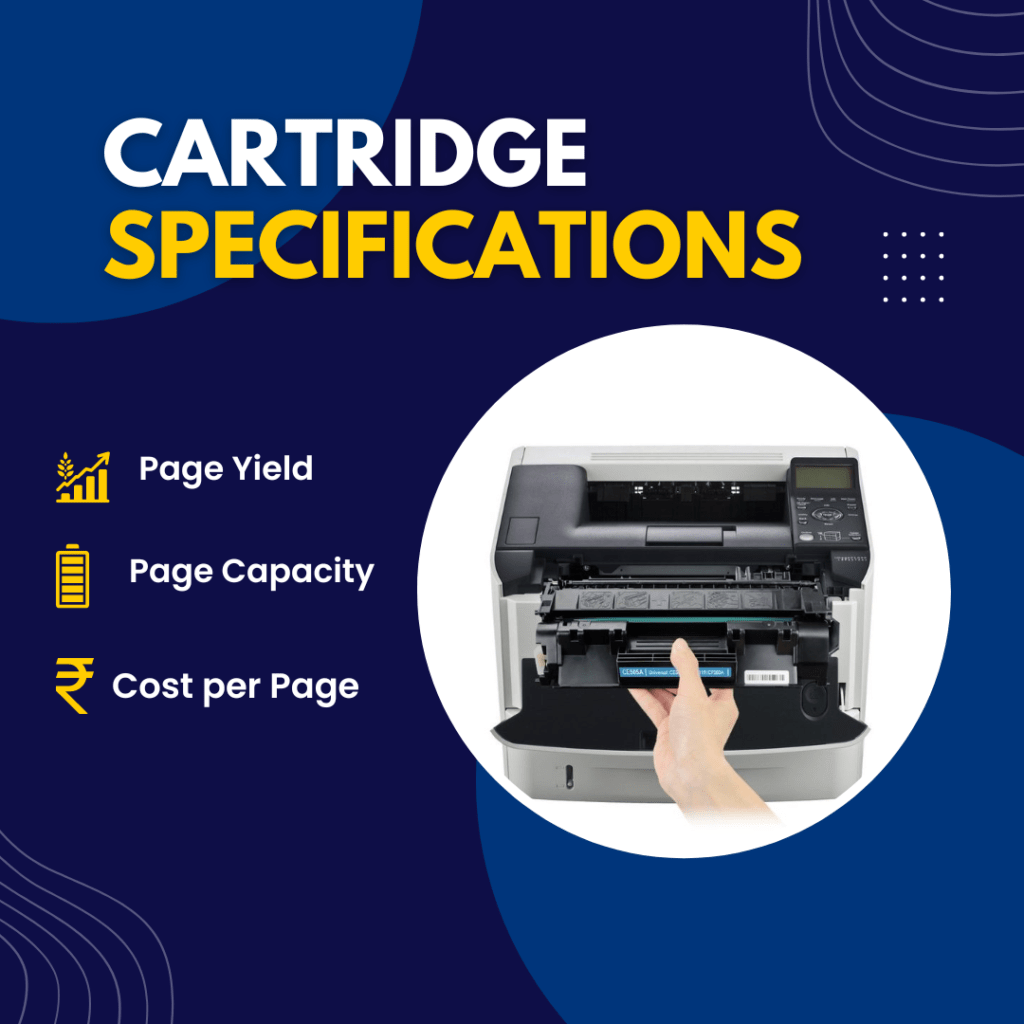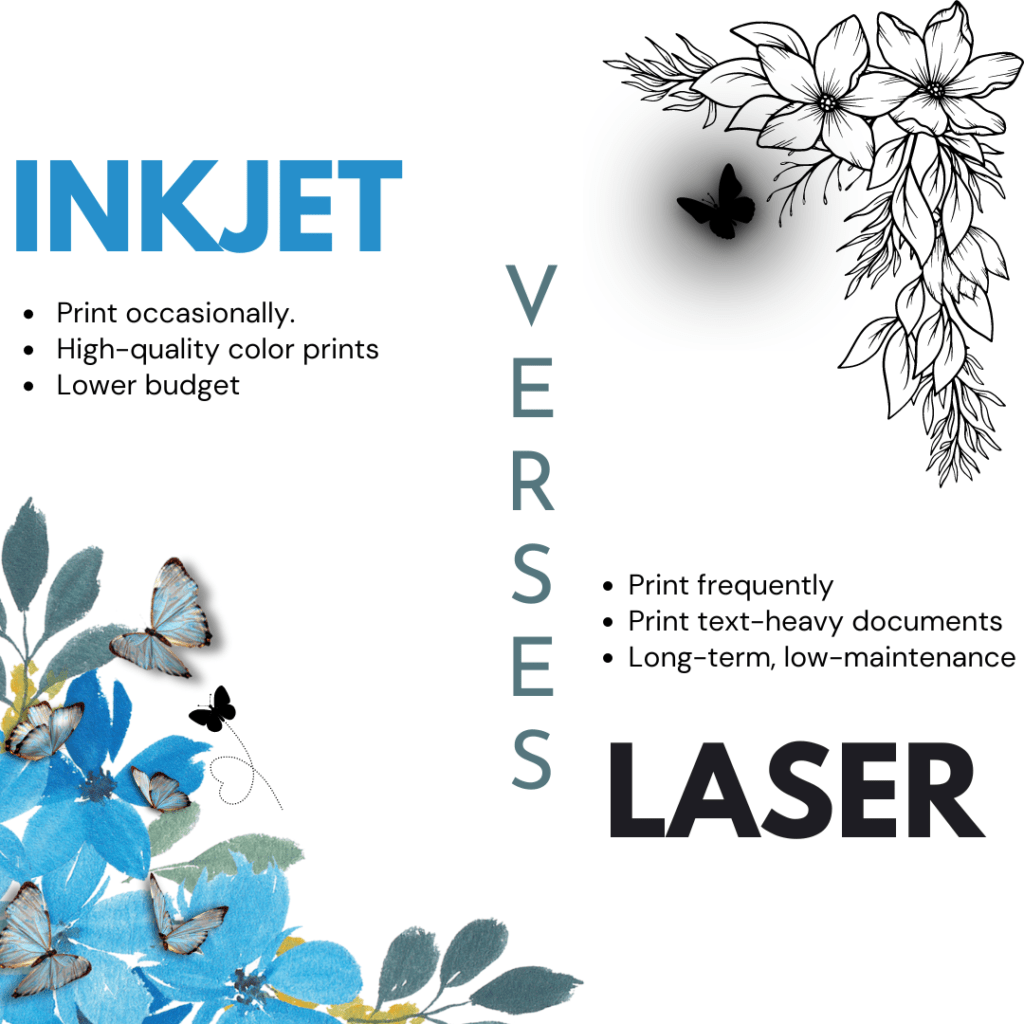A Guide for Small Business Owners and Office Managers
When it comes to maintaining the professionalism and efficiency of your small business or office, print quality is a crucial factor. The type of printer cartridge you use can significantly impact the final output of your printed materials. In this comprehensive guide, we’ll explore the different types of printer cartridges, their effect on print quality, and how to choose the right one for your needs.
Types of Printer Cartridges
Understanding the different types of printer cartridges available is the first step in making an informed decision. Here are the three primary types:
OEM (Original Equipment Manufacturer) Cartridges
As you all know OEM cartridges are made by the same company that manufactured your printer. They are designed to work perfectly with your specific printer model, ensuring optimal performance and high-quality prints. However, they often come at a higher cost compared to other options.
Compatible Cartridges
Compatible cartridges are produced by third-party manufacturers and are designed to work with a variety of printer models. While they are generally more affordable than OEM cartridges, the print quality can vary significantly depending on the manufacturer.
Remanufactured Cartridges
Remanufactured cartridges are recycled OEM cartridges that have been cleaned, refilled and tested for quality. They offer a balance between cost and quality, but it’s essential to purchase them from reputable suppliers to ensure consistent performance.
How Cartridge Quality Affects Print Resolution and Color Accuracy
The quality of your printer cartridge can directly influence the resolution and color accuracy of your prints. High-quality cartridges produce sharp, clear images and vibrant colors, while lower-quality cartridges may result in blurry images and dull, inaccurate colors.
For example, a small business owner who frequently prints marketing materials like brochures and flyers will benefit from using high-quality OEM cartridges to ensure that colors are vibrant and text is sharp. On the other hand, an office manager printing internal documents may find compatible cartridges to be a cost-effective solution without compromising too much on quality.
Long-Term Cost Implications of Using Different Cartridge Types
While OEM cartridges may have a higher upfront cost, they often offer better reliability and longevity, reducing the need for frequent replacements. Compatible and remanufactured cartridges can be more affordable initially, but inconsistent quality may lead to higher long-term costs due to reprints and potential printer damage.
Actionable Advice for Choosing the Right Cartridge
Here are some tips to help you select the best printer cartridge for your specific needs:
Verify Cartridge Authenticity
Always purchase cartridges from reputable suppliers. Look for security seals and authentication codes to ensure you are buying genuine products.
Understand Yield Metrics
Cartridge yield refers to the number of pages a cartridge can print before it needs to be replaced. Higher yield cartridges may have a higher initial cost but provide better value in the long run. Check the yield metrics provided by the manufacturer to make an informed decision.
Consider Your Printing Needs
Identify the primary purpose of your prints. For high-stakes documents like client presentations and marketing materials, investing in OEM cartridges is advisable. For everyday printing tasks, compatible or remanufactured cartridges might suffice.
Conclusion
Choosing the right printer cartridge is crucial for maintaining high print quality and controlling costs in your small business or office. By understanding the differences between OEM, compatible and remanufactured cartridges and considering your specific printing needs, you can make an informed decision that benefits your business operations.







